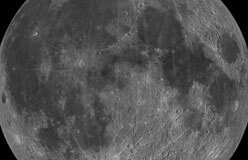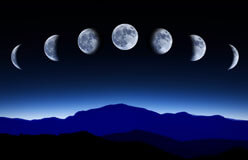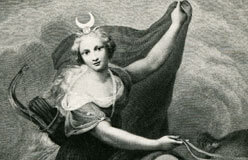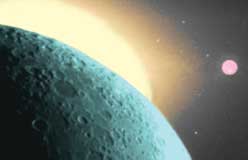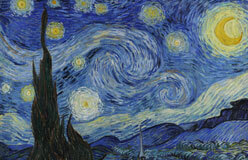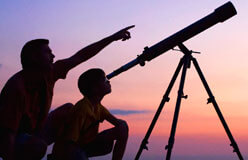On October 4, 1957, space exploration became real.
That’s when the Soviet Union launched the first man-made satellite. Called Sputnik I, it went into orbit around Earth. It was the size of a basketball! After that, the United States really wanted to beat the Soviets in the race to space.
On May 25, 1961, President John F. Kennedy made a big speech about a bold and exciting plan. The U.S. would send an American to the Moon before the end of the decade. The program was called Project Apollo. It was named for the Roman and Greek god of sunlight. Legend says that Apollo drove a shiny golden chariot across the sky.
